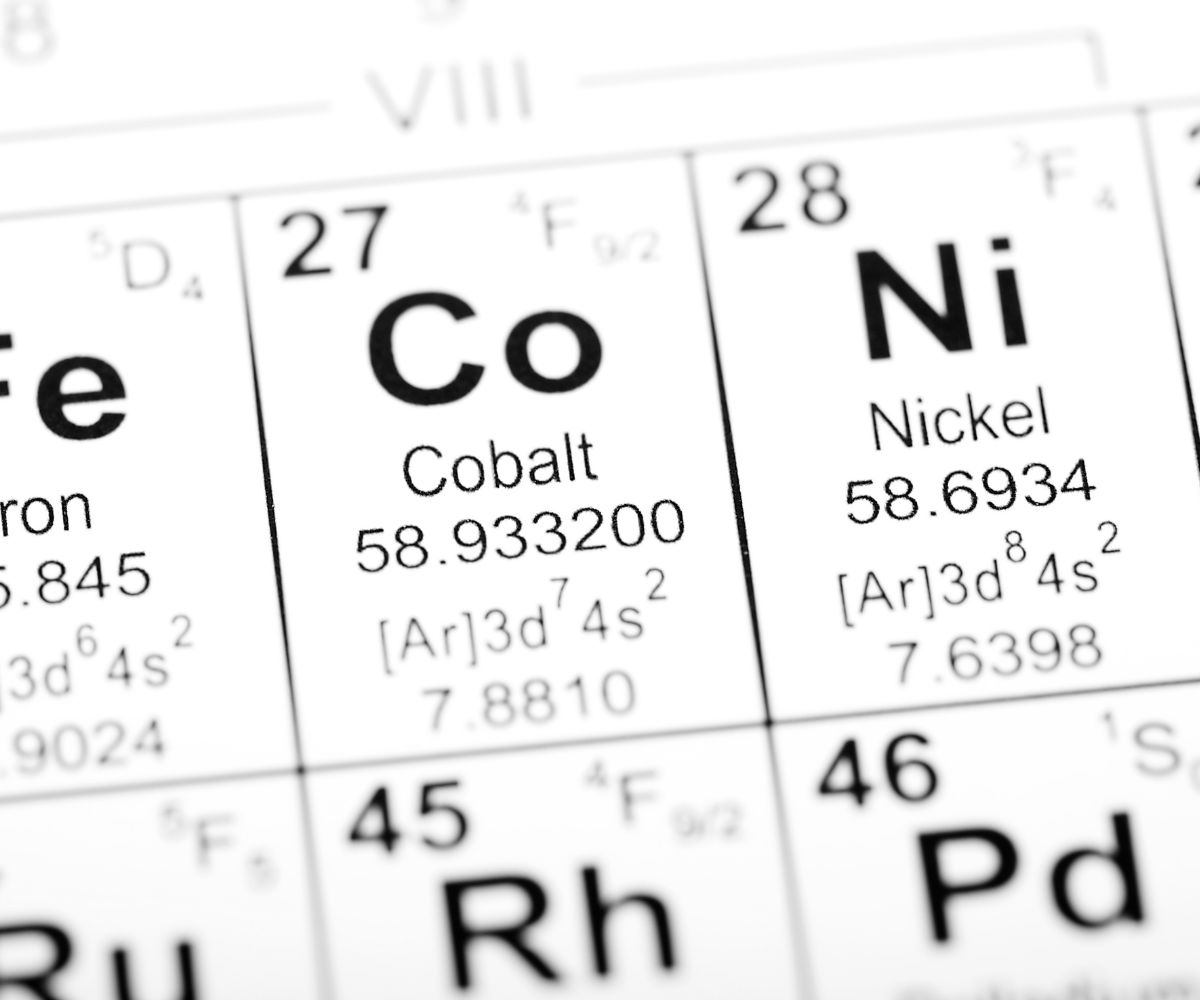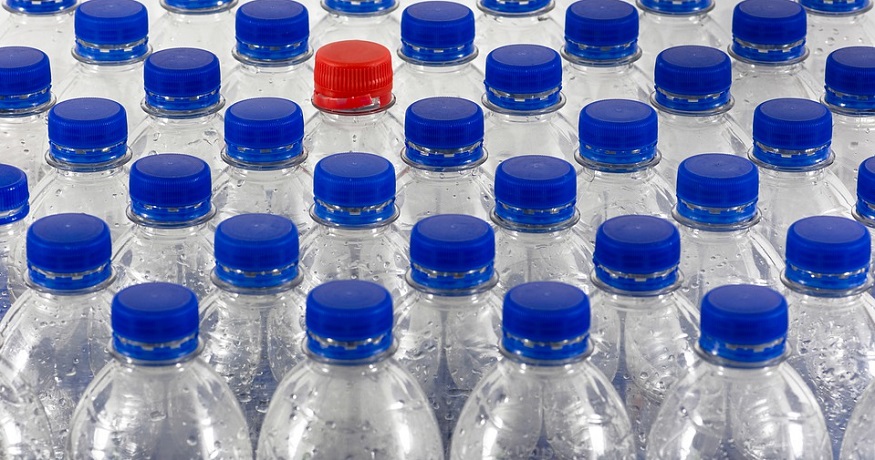
The discovery of low-cost fuel cell catalyst could make hydrogen cars a reality
December 13, 2019UNSW scientists found a cheaper and sustainable way to create hydrogen needed to power fuel cell vehicles.
A low-cost fuel cell catalyst is not just a pipe dream. This was recently proved by scientists from the University of New South Wales (UNSW), Griffith University and Swinburne University of Technology. In their research published in Nature Communications, the scientists revealed that hydrogen can be captured by splitting it from oxygen in water with inexpensive metal like nickel and iron as catalysts.
These cheaper metals accelerate the necessary chemical reaction, but need less energy.
Currently, the benchmark hydrogen fuel cell catalysts are the precious metals platinum, ruthenium and iridium. However, these highly efficient water-splitting catalysts are rare and expensive and are one of the reasons why the hydrogen transportation industry has never gained any real traction.
However, there is an abundance of iron and nickel on Earth, making these metals an ideal low-cost fuel cell catalyst alternative. What’s more, the new research has found that they can speed up the necessary chemical reaction required to split hydrogen from oxygen and can even do so will less energy.
To achieve this, the researchers coated the electrodes used in the water-splitting process with their catalyst to decrease energy consumption. These two electrodes are necessary in the water-splitting process because they apply the electric charge to the water, allowing the hydrogen and oxygen to separate so that the hydrogen can be used as energy in the fuel cell.
“On this catalyst there is a tiny nano-scale interface where the iron and nickel meet at the atomic level, which becomes an active site for splitting water,” says UNSW School of Chemistry’s Professor Chuan Zhao, Phys.org reports.
The low-cost fuel cell catalyst can be as active as a platinum catalyst.
Zhao said that the nanoscale interface changes the property of the metals on a fundamental level. The researchers’ results show that the nickel-iron catalyst is capable of being as active as platinum for hydrogen production.
Zhao believes that if the water-splitting technology using the low-cost fuel cell catalyst is developed further, one day hydrogen refueling stations could use the technology on site to make their own green hydrogen by utilizing water, solar and a low-cost, efficient, nickel-iron catalyst.
UPDATE: 6/20/2023
In the above previous article, we discussed the discovery of a low-cost fuel cell catalyst that could potentially make hydrogen cars a reality. Now, it seems we’re one step closer, as a recent breakthrough by South Korean researchers brings us even nearer to affordable hydrogen fuel cells for vehicles.
Breakthrough Metal-Based Catalyst Enhances Green Hydrogen Production Efficiency
Researchers from the Ulsan National Institute of Science and Technology (UNIST) in South Korea have achieved a significant advancement in green hydrogen production by developing a cost-effective metal-based catalyst with 200% higher water electrolysis efficiency compared to traditional precious metal-based electrodes.
Water electrolysis is the primary technology for creating green hydrogen, which refers to hydrogen fuel generated using renewable energy sources. However, this method typically necessitates the use of costly catalysts made from precious metals, such as palladium or platinum. This results in elevated green hydrogen production costs, making it less attractive to consumers.
To optimize the efficiency of the electrolysis process, the researchers designed an anion exchange membrane water electrolysis cell system. This system demands ultrapure water for optimal efficiency and consumes more energy than other electrolysis techniques that break down alkaline or acidic water. Furthermore, the new system requires specialized catalysts.
The UNIST research team created a extremely effective oxygen generation catalyst by developing nickel nitride on the vanadium-nickel-iron oxide-hydroxide surface through the processes of electrodeposition and nitridation. As iron oxide-hydroxides possess low conductivity, the researchers incorporated vanadium doping and subsequently carried out electrochemical reformation of nickel on the electrode surfaces.
Nickel, being the fifth most abundant element on Earth, is highly affordable. “In order to commercialize the anion exchange membrane water electrolysis cell technique, achieving performance and stability is crucial,” stated UNIST researcher Kwon Young-kook. The newly-developed catalysts demonstrated stable functionality for 1,000 hours without damage and exhibited approximately 200% higher electrolysis performance than conventional precious metal-based electrodes.
This breakthrough in green hydrogen production technology has the potential to significantly lower costs and increase the appeal of hydrogen fuel as a clean energy alternative for vehicles and factories. With continued research and development, this innovation could play a vital role in advancing the hydrogen economy and decreasing dependence on fossil fuels.



 HFN News is your leading source for fresh hydrogen and renewable energy updates. Amid the fast-paced growth of hydrogen companies, we provide top-notch news and insights about this exciting sector. Our coverage spans from hydrogen cars to global sustainable initiatives, and we highlight the latest in green jobs and developing hydrogen hubs. We invite you to share your local hydrogen news and explore today’s renewable energy job listings on our site. Thanks for choosing HFN News as your trusted guide to the hydrogen and renewable energy world!
HFN News is your leading source for fresh hydrogen and renewable energy updates. Amid the fast-paced growth of hydrogen companies, we provide top-notch news and insights about this exciting sector. Our coverage spans from hydrogen cars to global sustainable initiatives, and we highlight the latest in green jobs and developing hydrogen hubs. We invite you to share your local hydrogen news and explore today’s renewable energy job listings on our site. Thanks for choosing HFN News as your trusted guide to the hydrogen and renewable energy world!